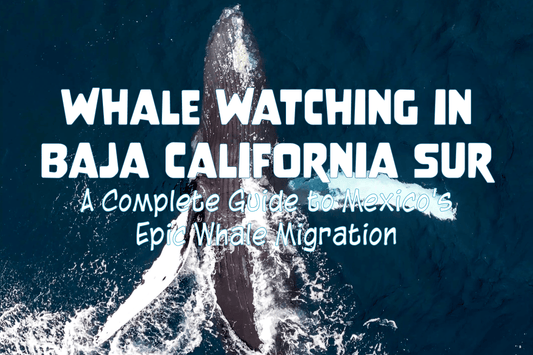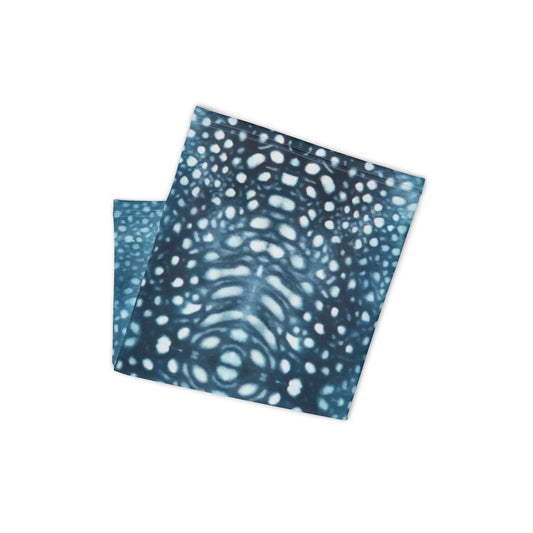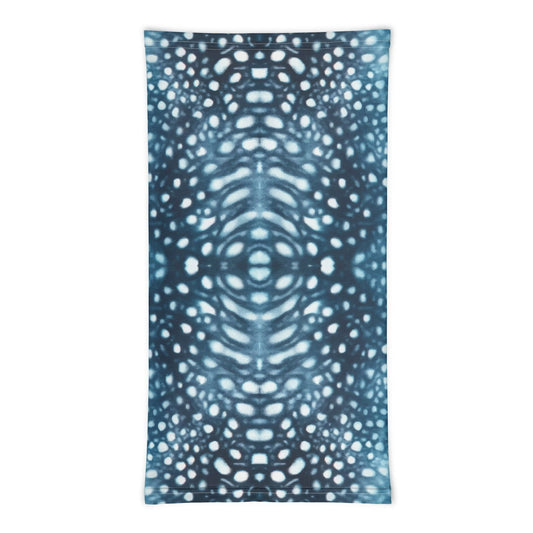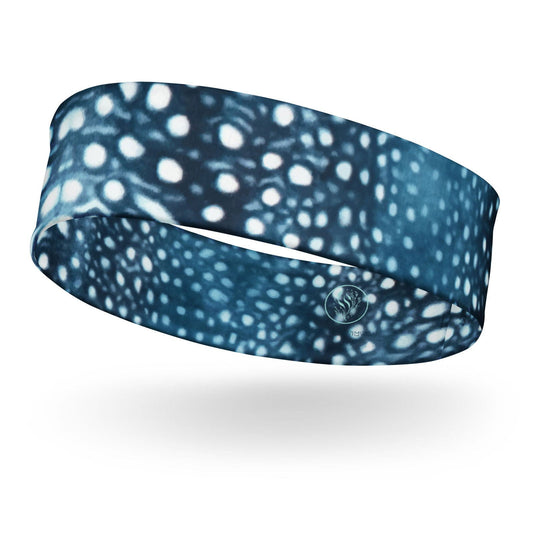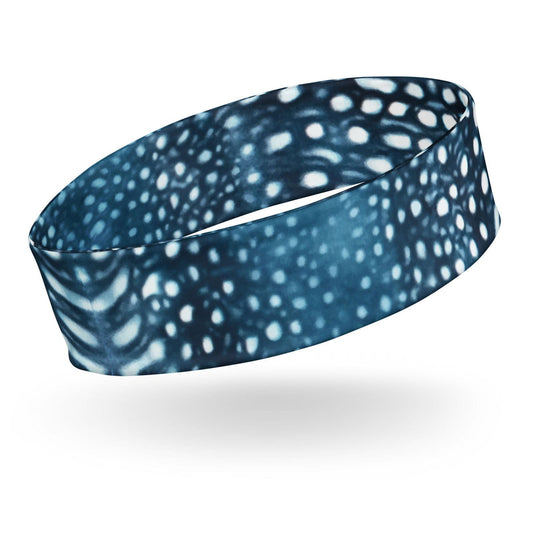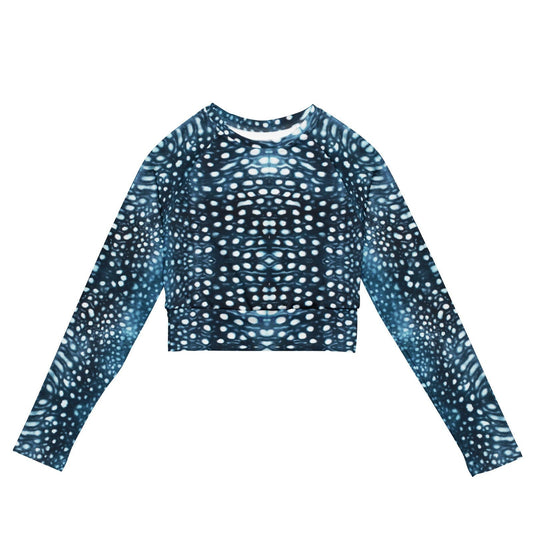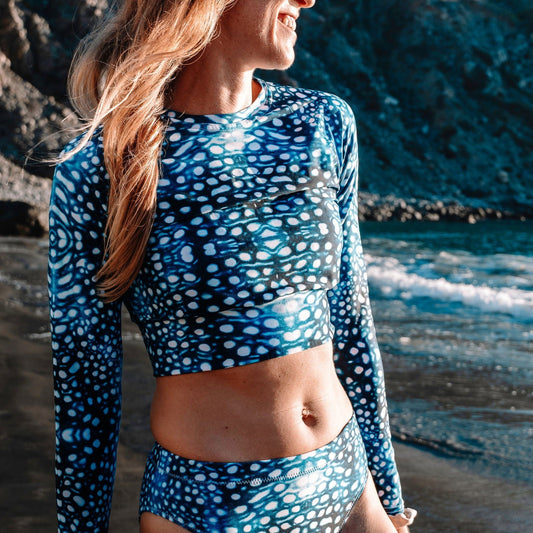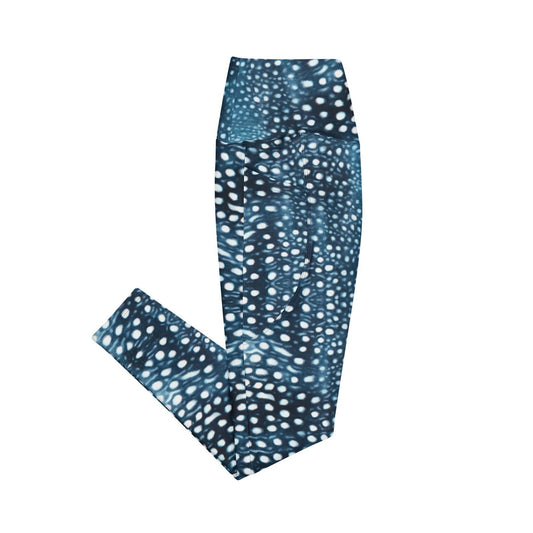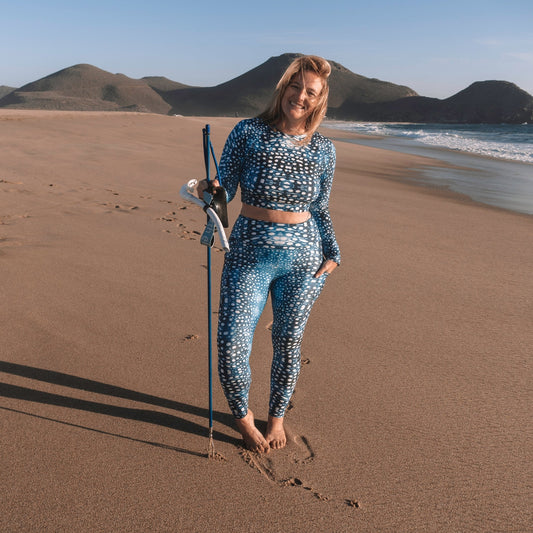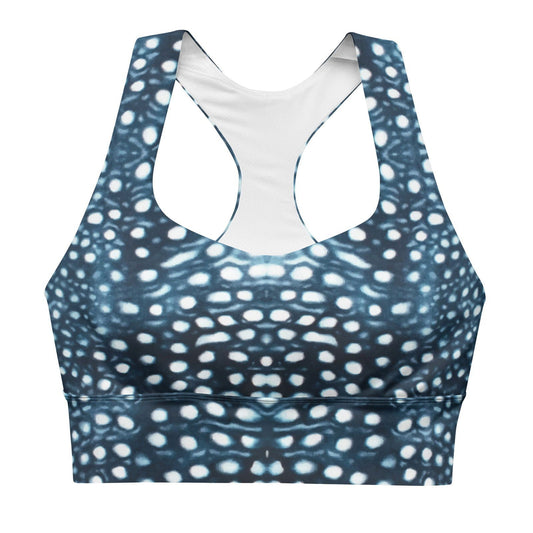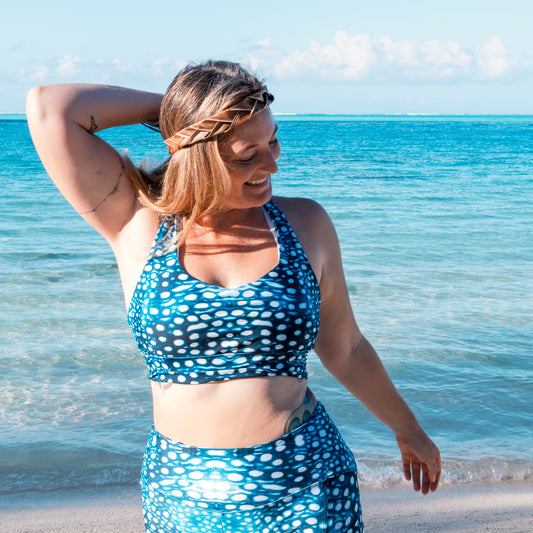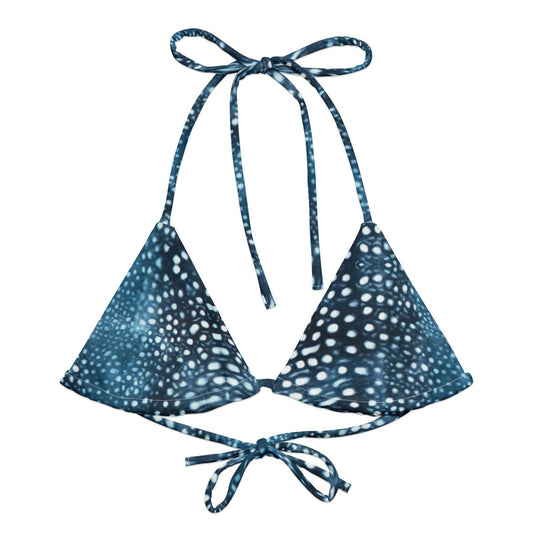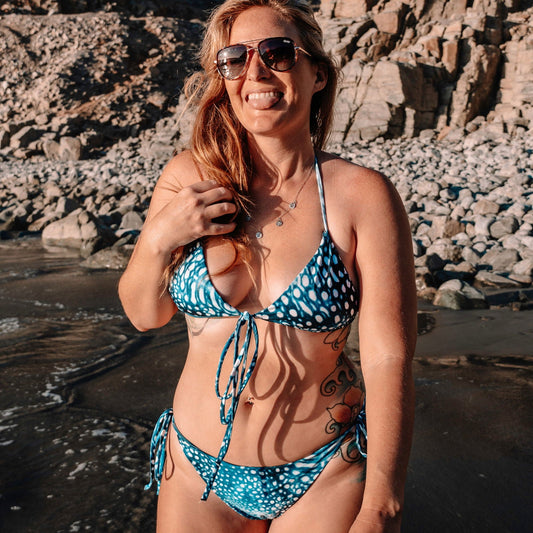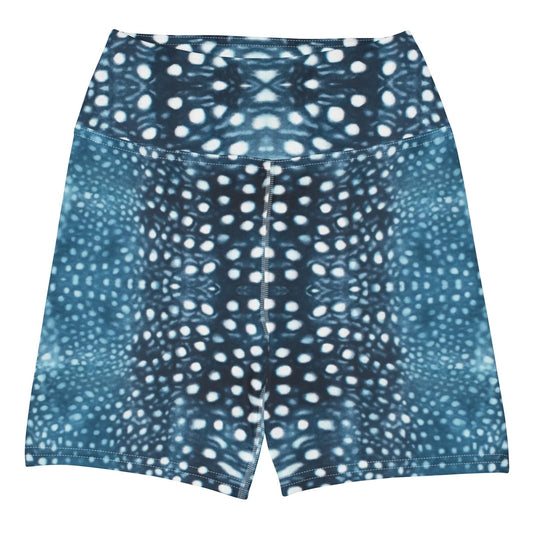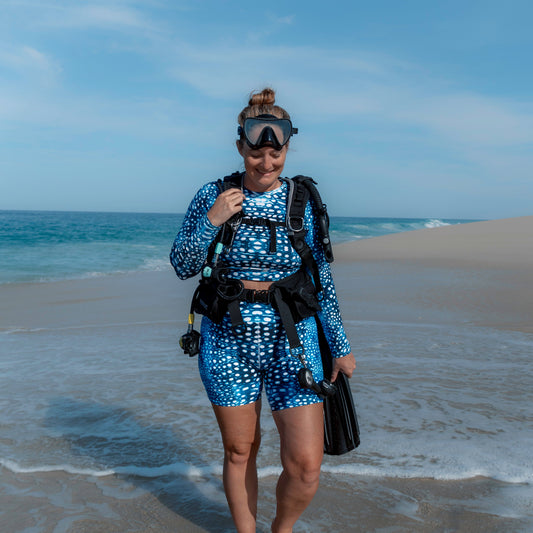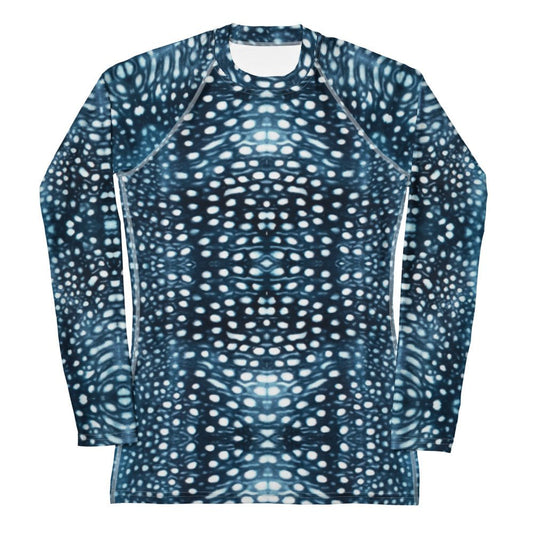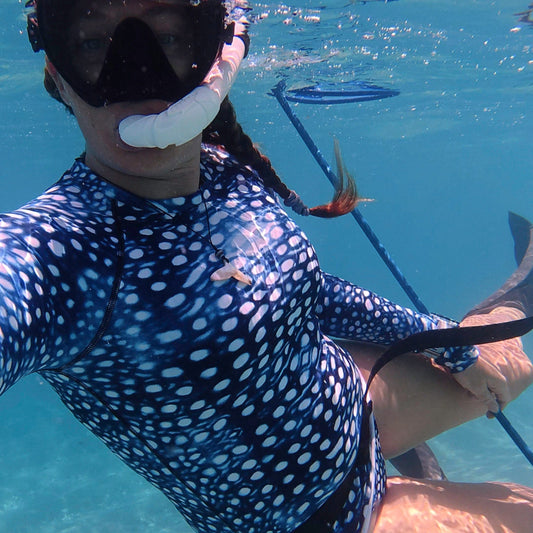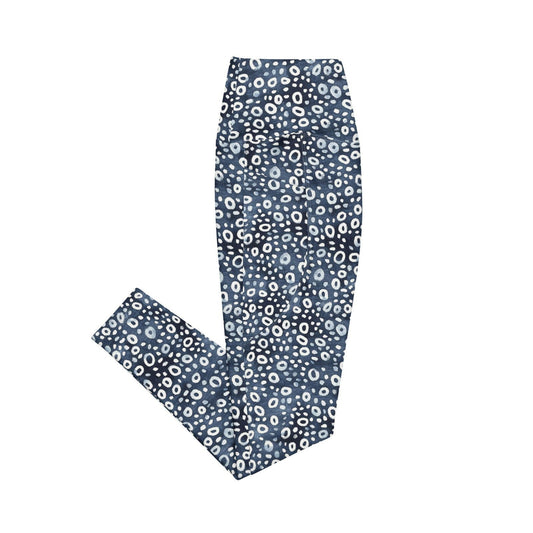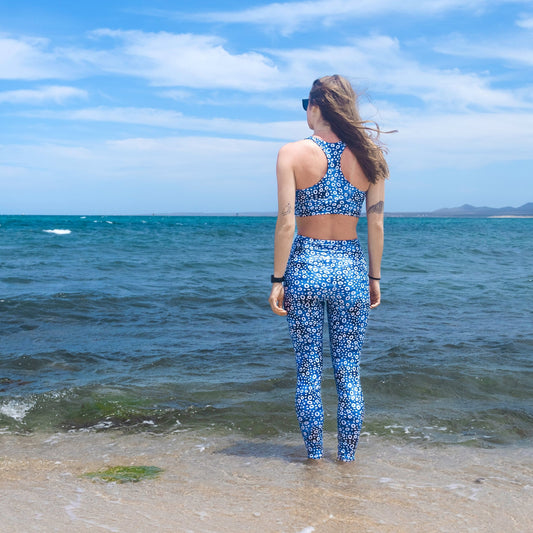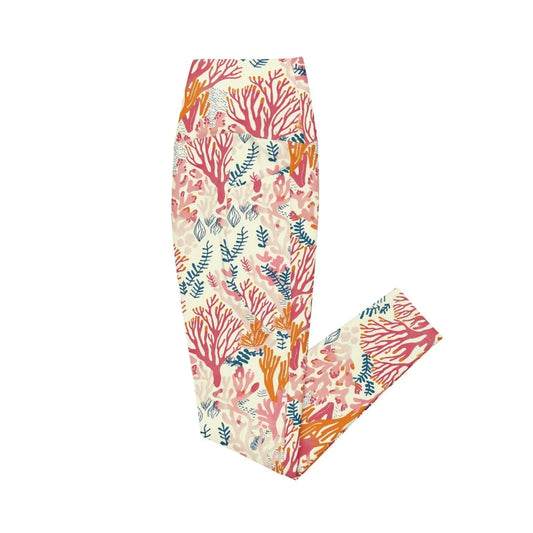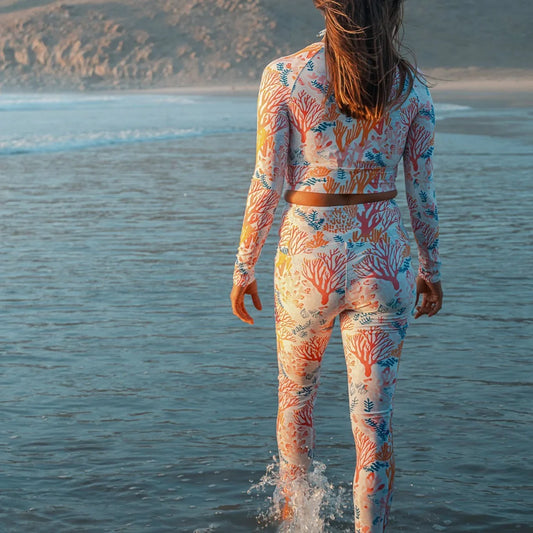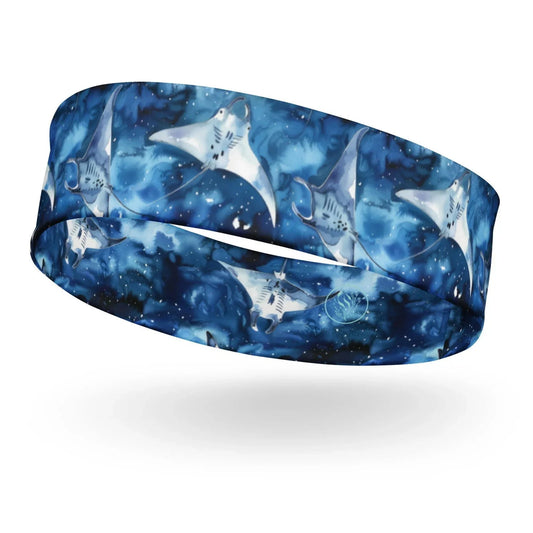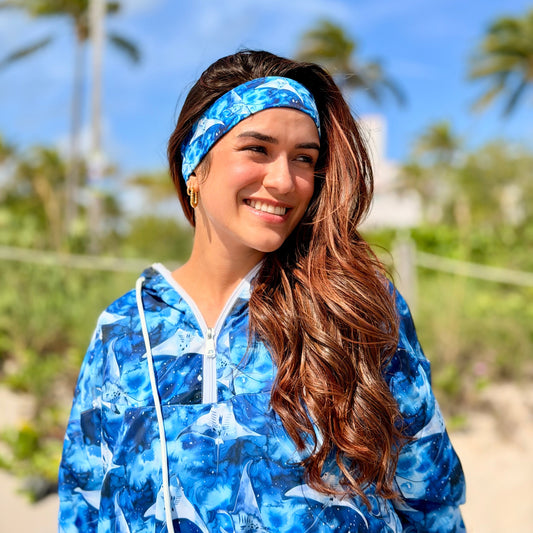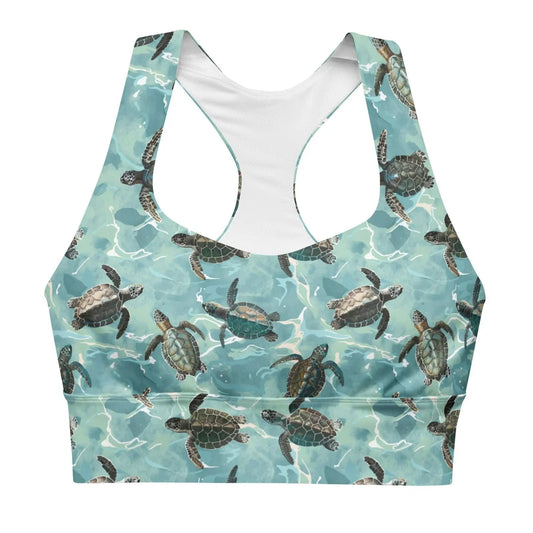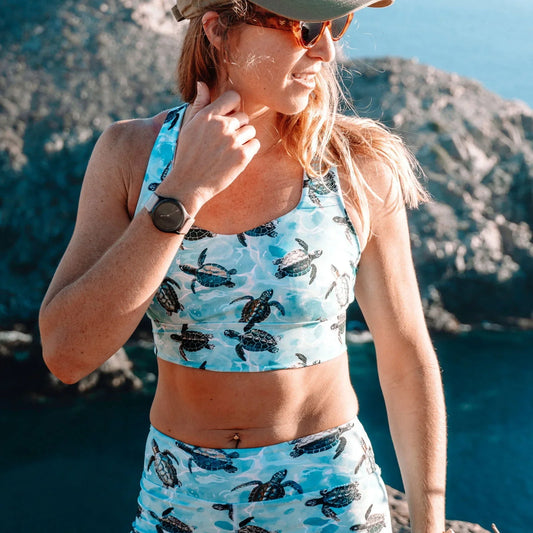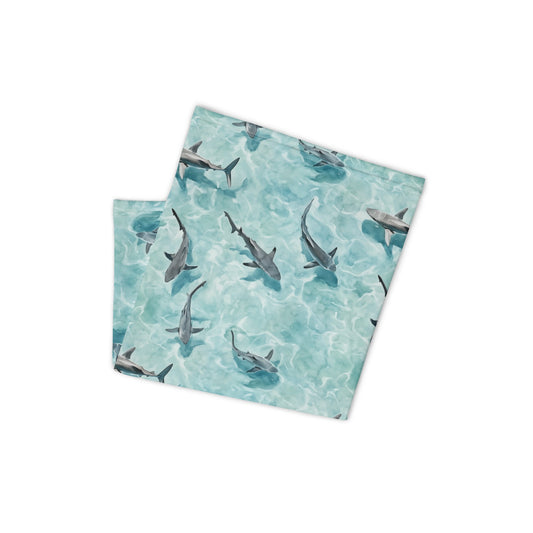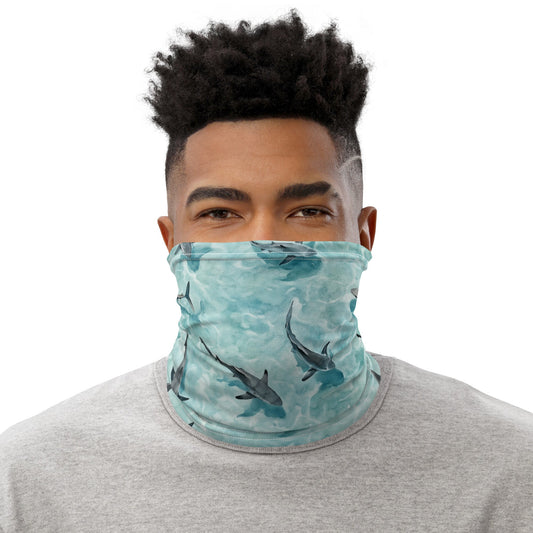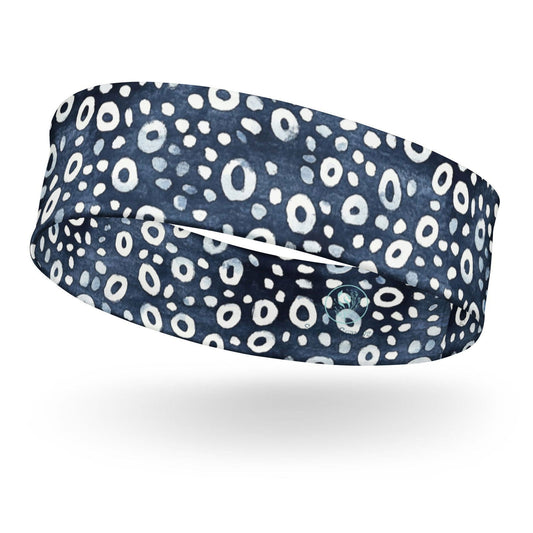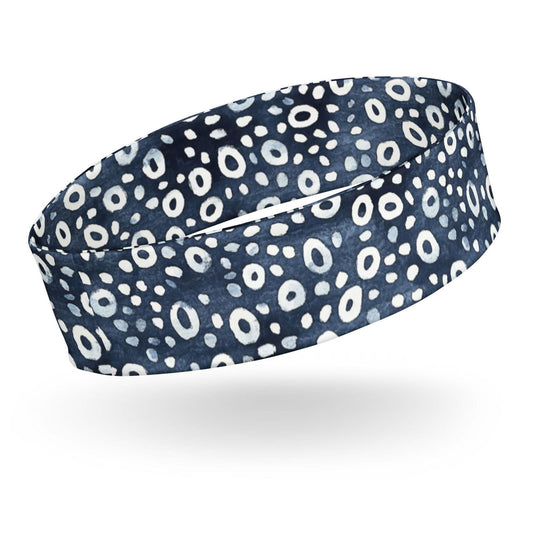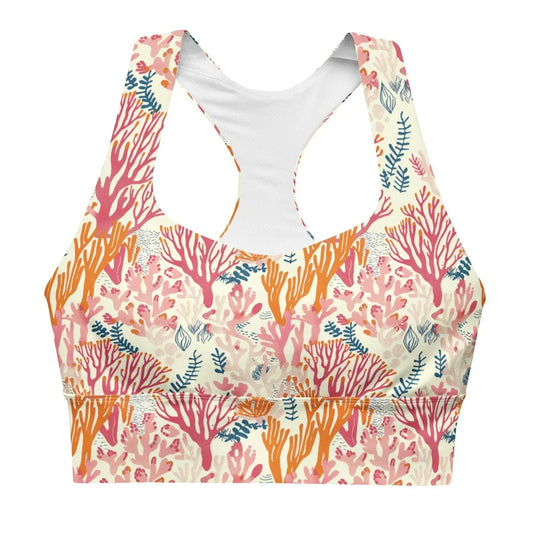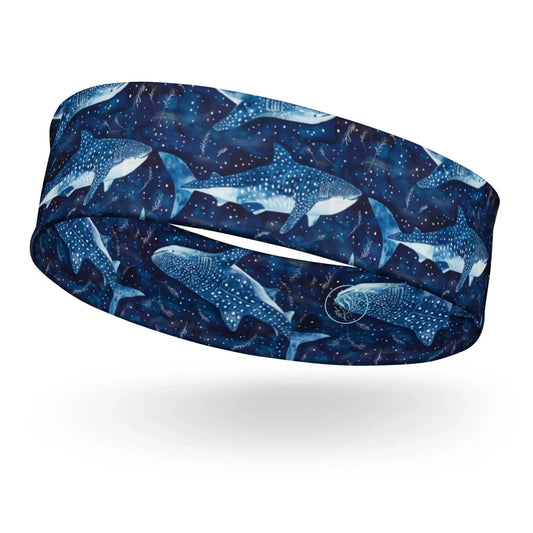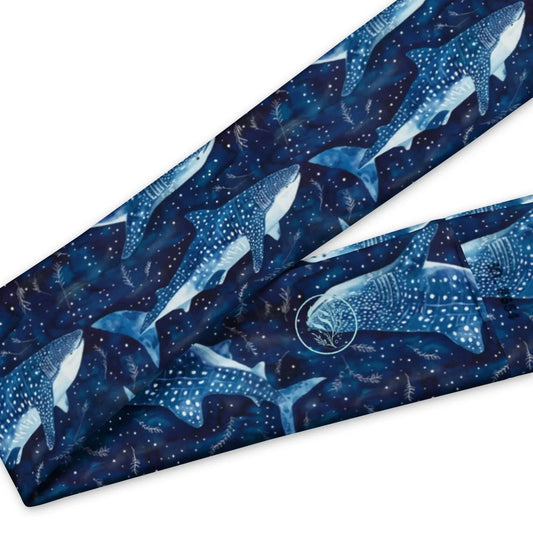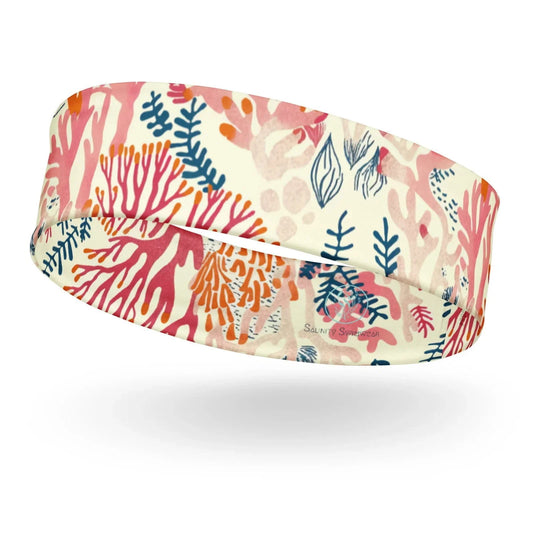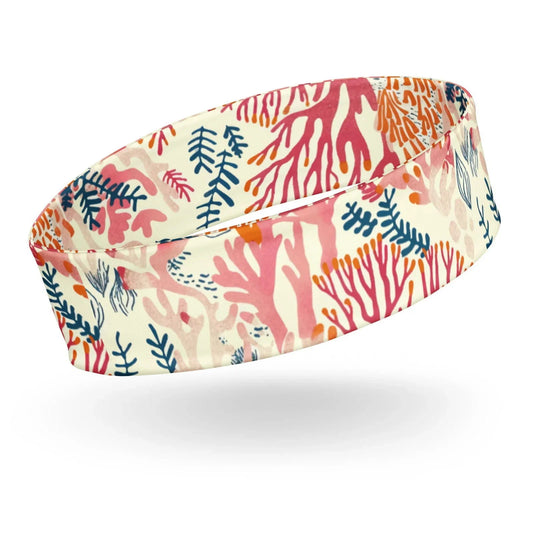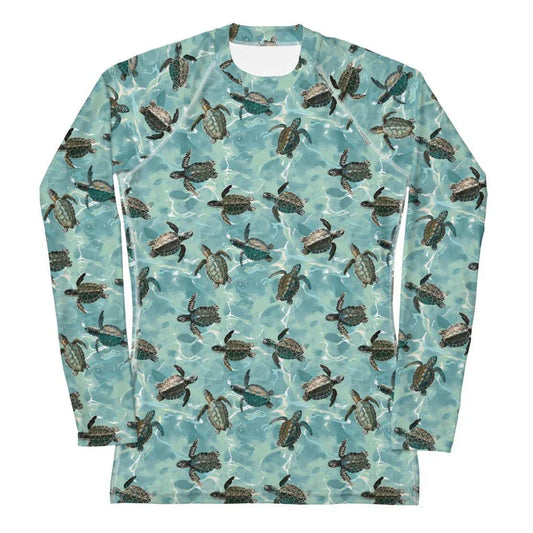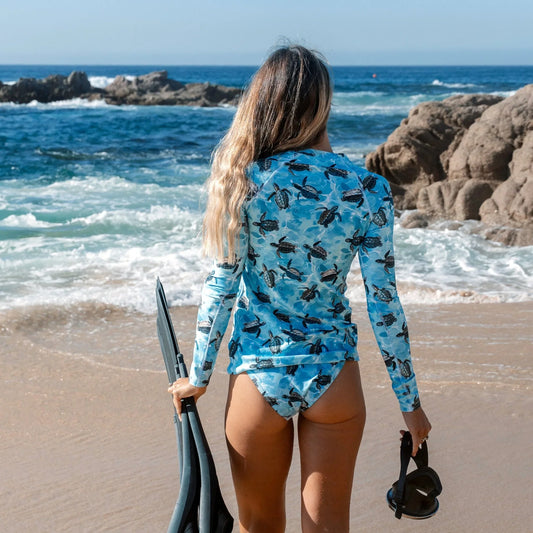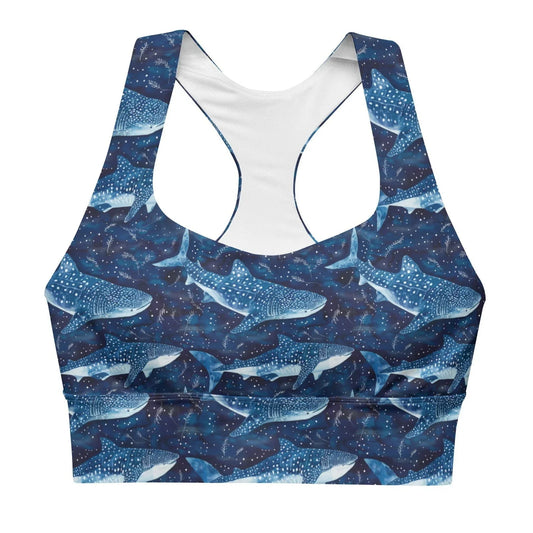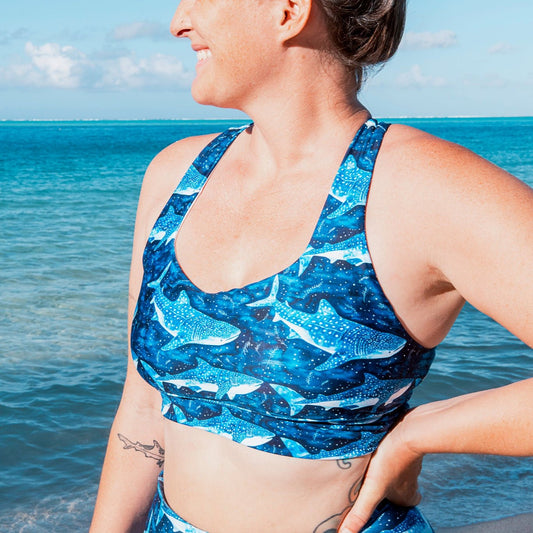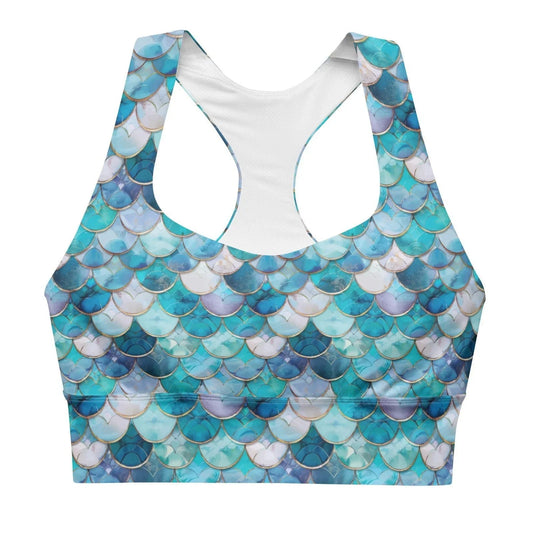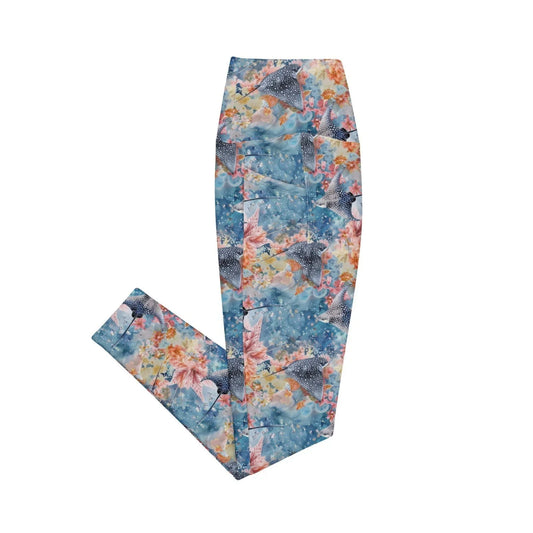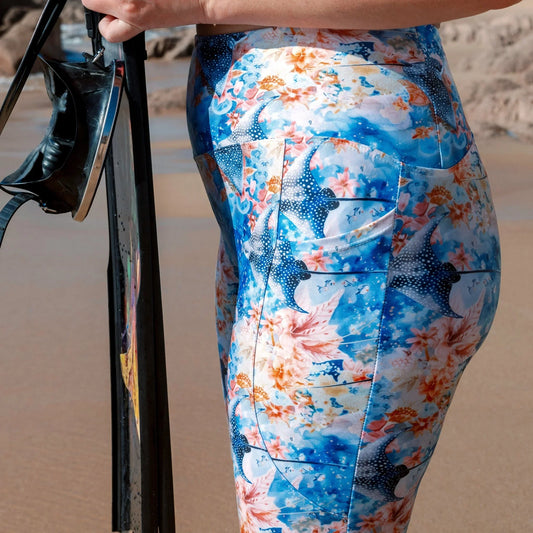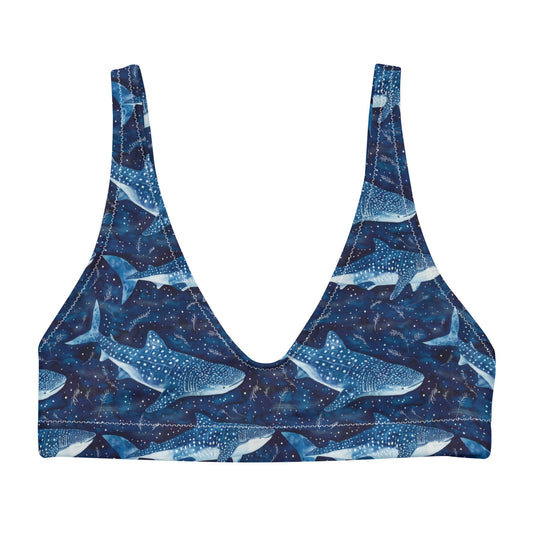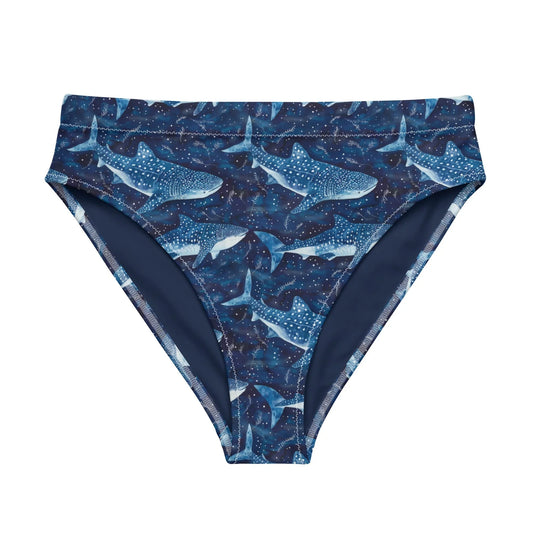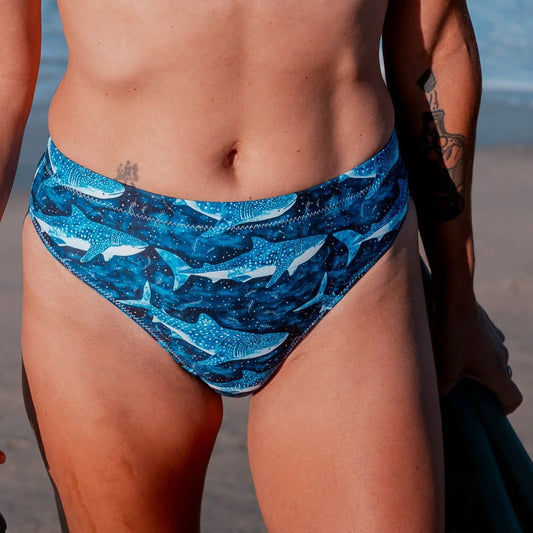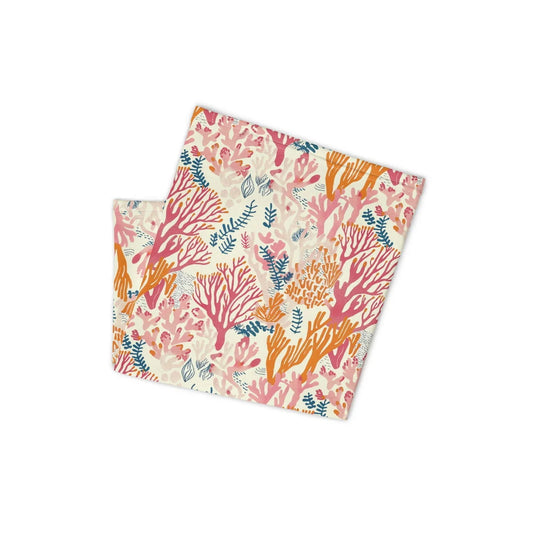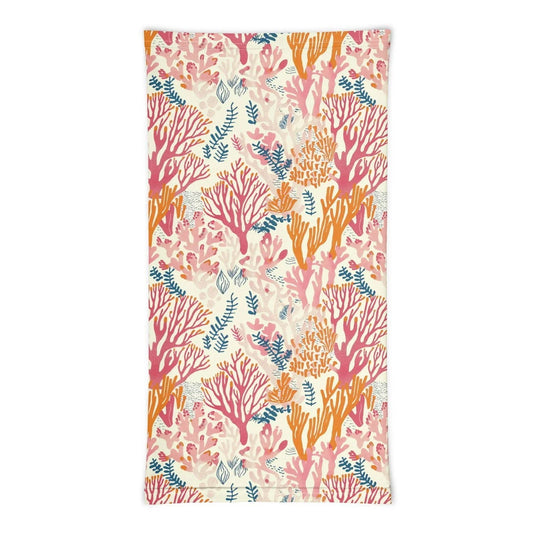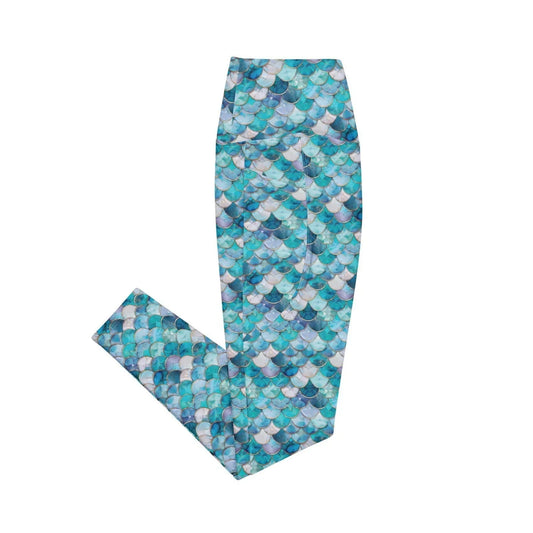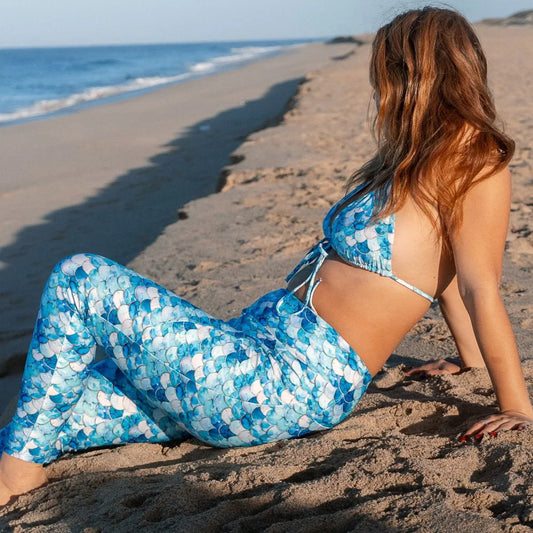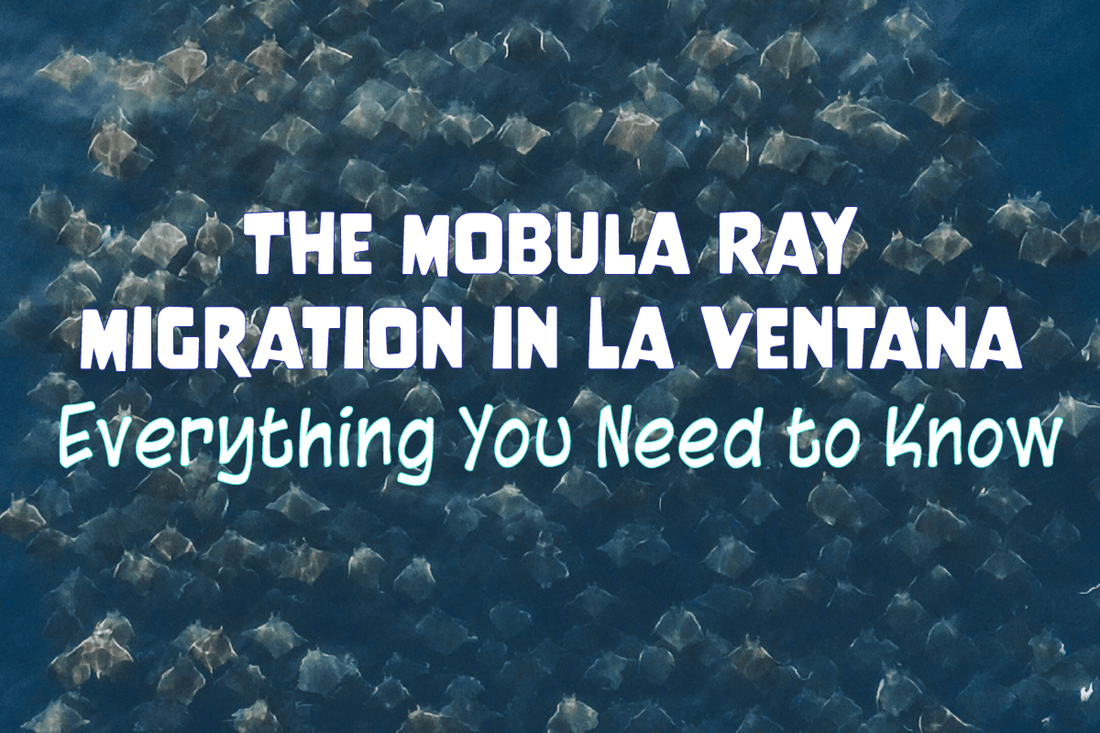
The Mobula Ray Migration in La Ventana: Everything You Need to Know
Angela ZancanaroShare
Each spring and early summer, the quiet waters of La Ventana in Baja California Sur transform into the stage for one of nature’s most incredible ocean spectacles: the mobula ray migration. Thousands of mobula rays—sometimes called devil rays—gather in massive schools, launching themselves out of the water in synchronized flips and belly flops. I like to call them flying pancakes or tortillas since we are in mexico. If you’ve never seen it before, the mobula ray migration in La Ventana will blow your mind. Each year it draws scientists, photographers, freedivers, and ocean lovers from around the world. If you're planning a trip to Baja or looking for a truly unforgettable marine wildlife encounter, here’s everything you need to know about this unique migration and why La Ventana is one of the best places to experience it.

What Are Mobula Rays?
Mobula rays are part of the same family as manta rays and belong to a group of cartilaginous fishes known as elasmobranchs, which also includes sharks and skates. They fall under the genus Mobula, which includes ten known species, eight commonly referred to as devil rays and two as manta rays.
Mobula rays typically reach about 1 to 1.5 meters wide (around 3 to 5 feet). They’re filter feeders, consuming plankton and small fish, and are known for their incredible breaching behavior—leaping high into the air in what looks like coordinated acrobatics. While the reasons for these leaps are still being studied, theories include mating displays, parasite removal, and communication within the group.
Mobulas are long-lived, slow-growing, and reproduce infrequently. Many only give birth to a single pup at a time. These life history characteristics make them particularly vulnerable to overfishing and population decline, especially when targeted for their gill plates in international markets.
Why Do Mobula Rays Migrate to La Ventana?

The Sea of Cortez is one of the most productive marine ecosystems on the planet. Each spring, nutrient-rich upwellings fuel massive plankton blooms, attracting large schools of mobula rays, particularly Mobula munkiana, the species most commonly seen in Baja. These rays feed primarily on zooplankton—including mysid shrimp, krill, and copepods—which thrive in the region’s rich waters.
Mobula munkiana is known for forming huge aggregations, sometimes numbering in the tens of thousands. Scientists believe these gatherings serve multiple purposes, including feeding efficiency, predator avoidance, and courtship behavior. There's also increasing evidence that parts of Baja’s coastline act as nursery grounds, providing warm, shallow waters where juvenile mobulas can grow with access to food and protection.
La Ventana, located just southeast of La Paz, offers a perfect mix of factors: calm, clear water, seasonal productivity, and a coastline that funnels marine life close to shore—making it one of the most accessible and awe-inspiring places in the world to witness the mobula ray migration.
When Is the Best Time to See Mobula Rays in Baja?
Although mobulas can sometimes be spotted at other times of the year, the best time to see mobula rays in La Ventana and the surrounding Baja region is from April - June which gives you the best chance of witnessing the migration when its most dramatic. While sightings can occasionally begin as early as March, especially in warmer years, May is typically considered peak season for large aggregations. By July, most of the rays have already moved on.
For the best experience, head out at sunrise, when the ocean is calmest and rays are often breaching, feeding, or schooling near the surface.
What Other Marine Life Can You See in La Ventana?

While the mobula ray migration is the main event during spring, the Sea of Cortez is teeming with other marine life year-round—earning its nickname from Jacques Cousteau as "the aquarium of the world." Depending on the season, visitors to La Ventana may also encounter dolphins, sea lions, whale sharks, flying fish, and even the occasional orca passing through. If you're lucky, you might witness bait balls forming as predators circle smaller schooling fish, or see bioluminescence glowing in the water after dark.
La Ventana also sits within one of the most biodiverse marine regions on Earth. Mexico is home to 45% of all known cetacean species—a group that includes whales, dolphins, beaked whales, and porpoises. Of those, Baja California Sur alone hosts 33% of the country’s total species, making it a global hotspot for marine mammal diversity.
Recognizing the importance of this biodiversity, Mexico established a national whale refuge in 2002, protecting all of its patrimonial waters in both the Pacific and Atlantic Oceans. This move created the largest national whale sanctuary in the world.

Many whale species are migratory and visit the Mexican Pacific during the winter season to mate and give birth, especially in the protected lagoons and coastal regions of southern Baja. Some species, like certain dolphins, are resident year-round. While gray whales are most often seen in the Pacific lagoons such as San Ignacio and Bahía Magdalena, species like humpbacks, fin whales, and even blue whales can be spotted in the Sea of Cortez, including near Loreto, Cabo, and sometimes as far north as La Paz.
Whether you're on a boat safari for mobulas or just scanning the horizon from the beach, it's not uncommon to see a dolphin pod gliding by or catch a distant whale blow. This incredible range of wildlife is what makes visiting La Ventana so special,you never quite know what you’ll see!
How to See Mobula Rays in La Ventana (And Tips for Planning Your Trip)
There are a few different ways to experience the mobula migration in La Ventana, depending on how adventurous (or relaxed) you want to be.

Boat tours are the most popular and effective option. Local guides know where to find the schools and how to approach them without causing stress. Most tours leave around sunrise, when the seas are calm and mobulas are most active near the surface. Some operators also offer opportunities to snorkel or freedive with the rays if conditions allow—just make sure to choose a guide that follows ethical wildlife guidelines.
If you prefer a quieter or more low-impact experience, you can sometimes spot mobulas while paddleboarding or kayaking—especially during early morning hours. On calm days, they may even be visible from shore, leaping in the distance like skipping stones.
To make the most of your trip, here are a few helpful tips:
- Book tours in advance—mobula season is short, and local guides fill up fast.
- Pack a wetsuit or rash guard—spring waters can be chilly, especially early in the day.
- Use polarized sunglasses—they help cut glare so you can see beneath the surface.
- Bring a GoPro or camera—mobulas are fast, so be ready to capture the moment.
- Choose an eco-conscious tour operator—mobulas are vulnerable, and how we interact with them matters.
- Give yourself a few days—sightings depend on weather and ocean conditions, so having flexibility gives you a better chance.
Whether you’re watching from a boat or spotting them from your paddleboard, witnessing the mobula migration is a once-in-a-lifetime experience that’s well worth planning for.
How to View Mobula Rays Responsibly

Mobula rays are incredibly sensitive and slow to reproduce, making them especially vulnerable to human disturbance and overfishing. With more people visiting Baja to witness this incredible migration, it's important to ensure our presence doesn’t negatively impact the rays or their habitat.
Here are a few simple ways to keep your experience respectful and sustainable:
- Keep your distance – Whether you’re in the water or on a boat, avoid chasing or crowding the rays. Give them space to move naturally.
- Don’t touch or swim directly at them – Even curious animals can become stressed if approached too aggressively. Stay calm, move slowly, and let them come to you.
- Skip the flash – If you're taking underwater photos or videos, avoid using flash, which can disturb marine life.
- Choose responsible operators – Book tours with guides who prioritize conservation, avoid surrounding schools of rays, and limit time spent near large groups.
- Avoid loud noises or sudden movements – Mobulas can be startled easily, especially when feeding or mating.
- Support conservation efforts – Donate, spread awareness, or simply share what you’ve learned with others.
Two incredible groups leading this work are:
-
- 🌊 Mobula Conservation Project – Focused on research, education, and protections for Mobula munkiana and other species through long-term studies in Baja.
- 🌊 Walter Munk Foundation for the Oceans – Advocates for ocean health through science, storytelling, and community-based conservation in Baja and beyond.
By keeping these guidelines in mind, you help protect these beautiful animals and ensure future generations have the chance to witness this magical migration too.
Want to see the magic in motion? The Walter Munk Foundation’s short documentary, Munkiana: A Field Journal, offers a beautiful, behind-the-scenes look at mobula research and the people working to protect them in Baja. It’s the perfect way to get inspired before your trip.
Sharing the Magic
Seeing the mobula ray migration in person is one of those experiences that sticks with you. Whether it’s your first time or your tenth, watching hundreds of rays leap through golden morning light never gets old. It’s a reminder of how wild and alive our oceans still are—and how important it is to protect them.
As a scuba instructor and eco tour guide who spends a lot of time in these waters, I never get tired of sharing this magic with others. If you're planning a trip to Baja and have questions or want help experiencing it for yourself, feel free to reach out to info@salinityswimwear.com I'm always happy to point people in the right direction.




